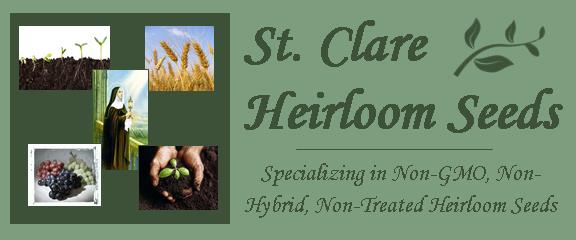After planting Asparagus root crowns you have to wait till the second spring to be able to harvest. Harvest spears that are at least as thick as a pencil when they are 6 to 8 inches tall. Make sure the tips have tight buds, so check for harvesting every day during the season. Cut the stalks off with a knife or snap off with your hands. Let skinny spears grow into ferns. Stop harvesting when most of the emerging spears are thin and the tips are loose and open.
Asparagus begins to convert its sugars to starches the moment it is harvested, so naturally asparagus will taste best when freshly cut. But in case you need to harvest the stems to prevent bolting, place the stems in a glass of warm water, tips up, and refrigerate. To prepare asparagus for cooking, snap off the woody ends. Fresh asparagus usually doesn’t need peeling, despite the best advice of many cookbooks. Take a bite of raw asparagus and if the skin chews easily, don’t bother to peel. If the skin is fibrous, then peel off the outer layer with a swivel-bladed vegetable peeler. Leave whole or cut into uniform 1- or 2-inch lengths. Asparagus contains more of the antioxidant glutathione – one of the most potent cancer fighters than any other fruit or vegetable.
- Boiling: 3 to 5 minutes
- Steaming: to 7 minutes
- Sautéing or stir-frying: 3 to 5 minutes
- Grilling: 8 minutes
- Roasting: 15 minutes at 450°F
- 1 pound = 20 spears
- 1 pound = 3 cups chopped asparagus

